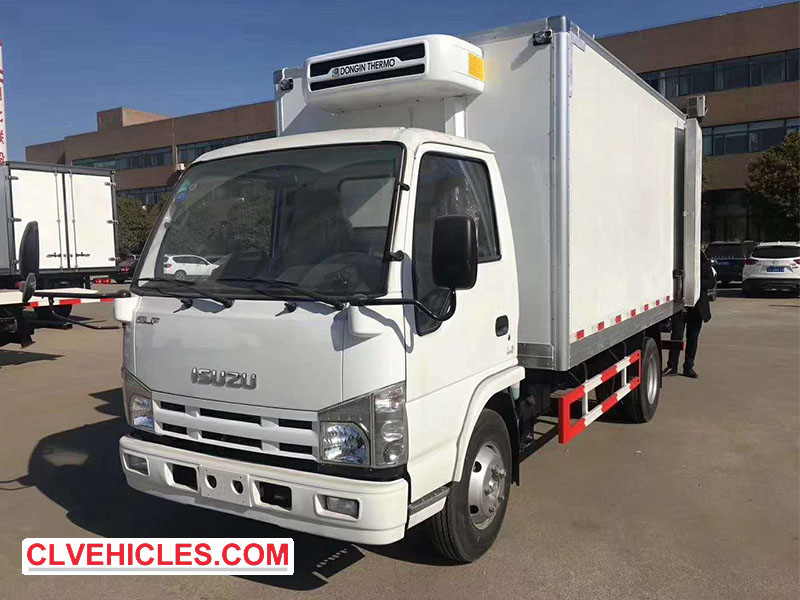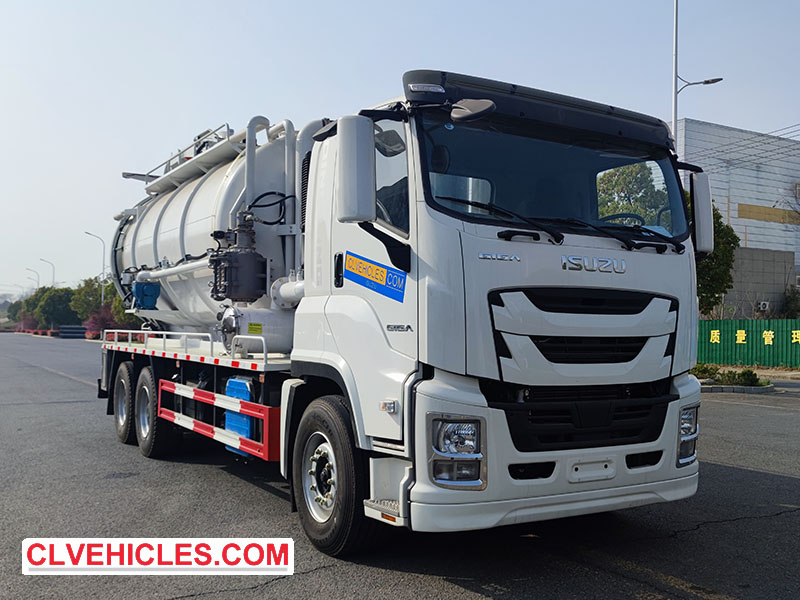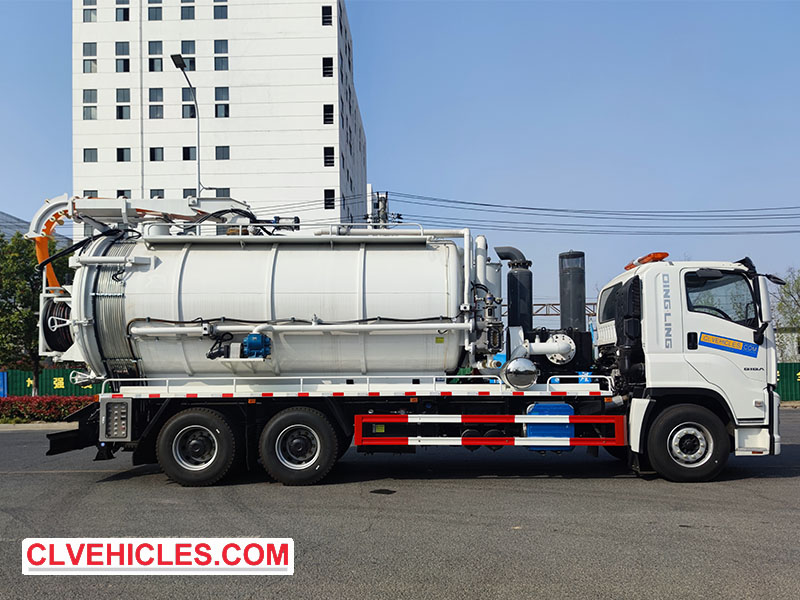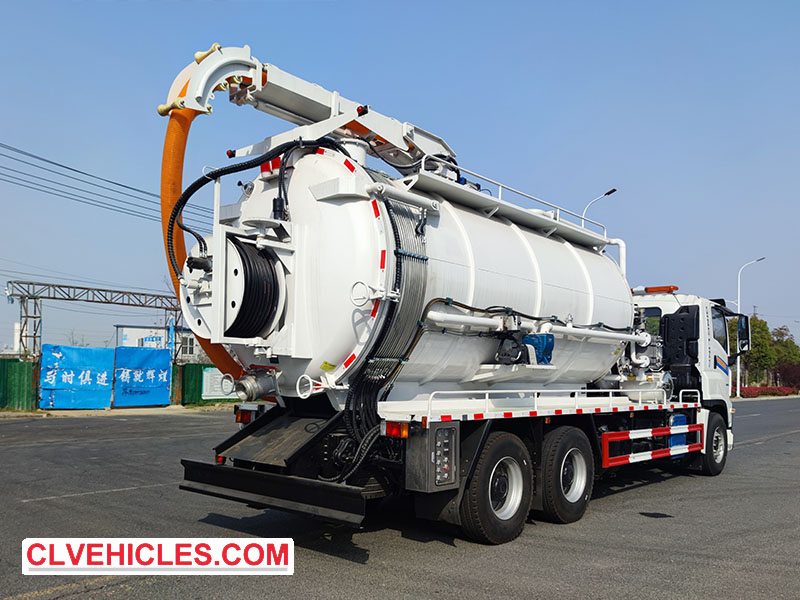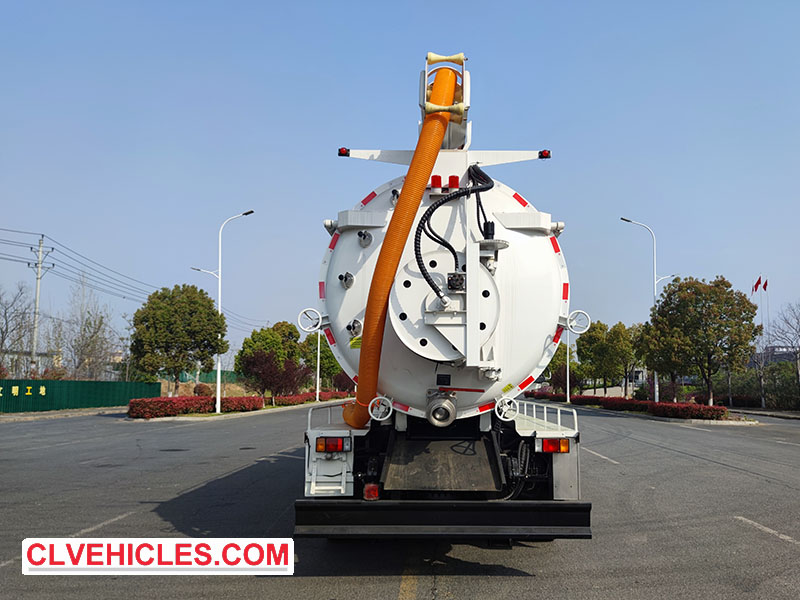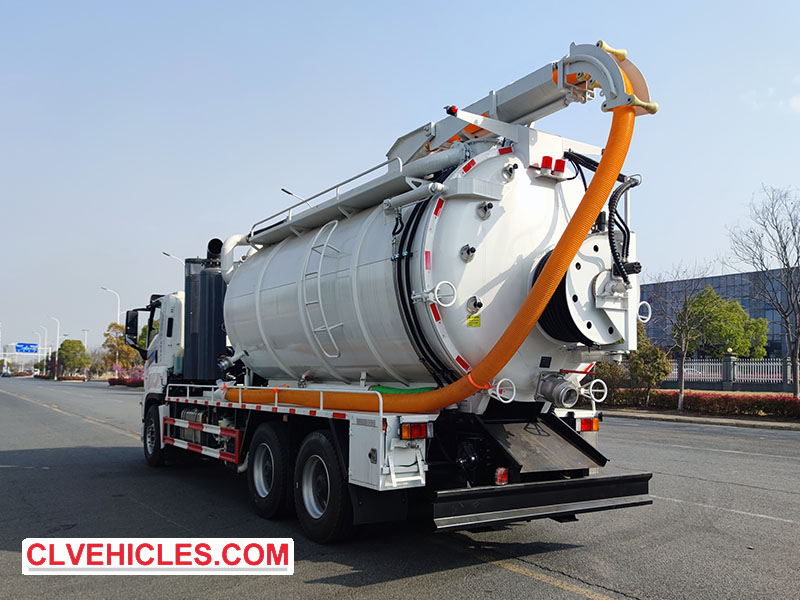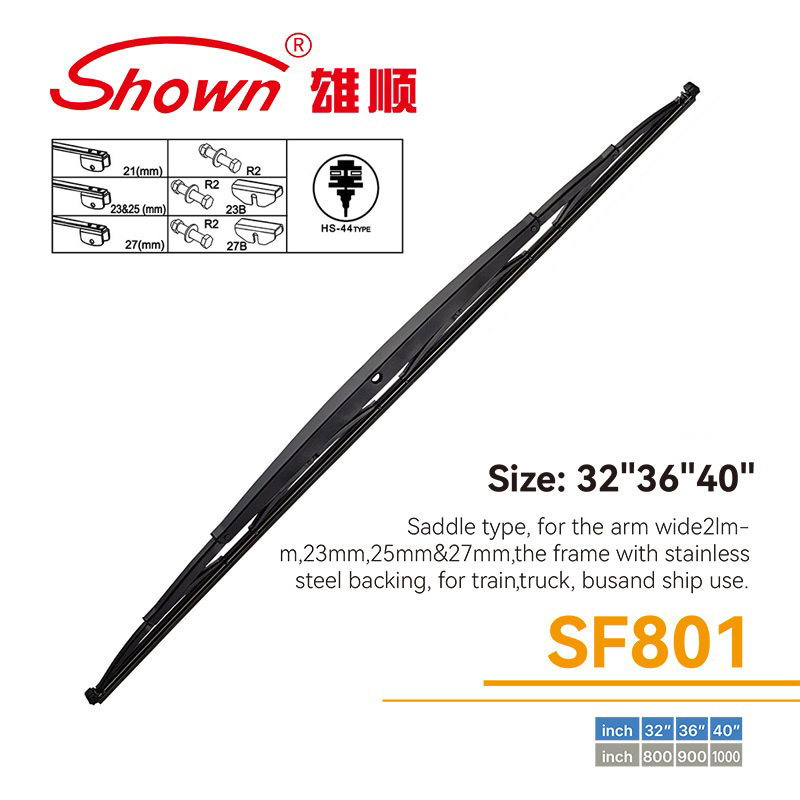With the rise of summer temperatures, ISUZU refrigerated trucks have entered their peak operating period. Ensuring its efficient performance and cargo quality requires appropriate maintenance. The following are basic maintenance practices:
1. Pre cooled goods and carriages
The refrigeration unit maintains the temperature of the goods after loading. Placing warm goods or using uncooled compartments will significantly increase the difficulty of reaching the desired temperature. Therefore, before loading, it is necessary to thoroughly pre cool the goods and truck boxes.
2. Ensure smooth airflow during loading
Careful placement of goods is crucial to maintain temperature balance in the carriage. Do not load goods onto the ceiling, and absolutely avoid blocking the air vents and return vents of the refrigeration unit. Blocked airflow can cause the goods located in the center to deteriorate due to insufficient cooling.
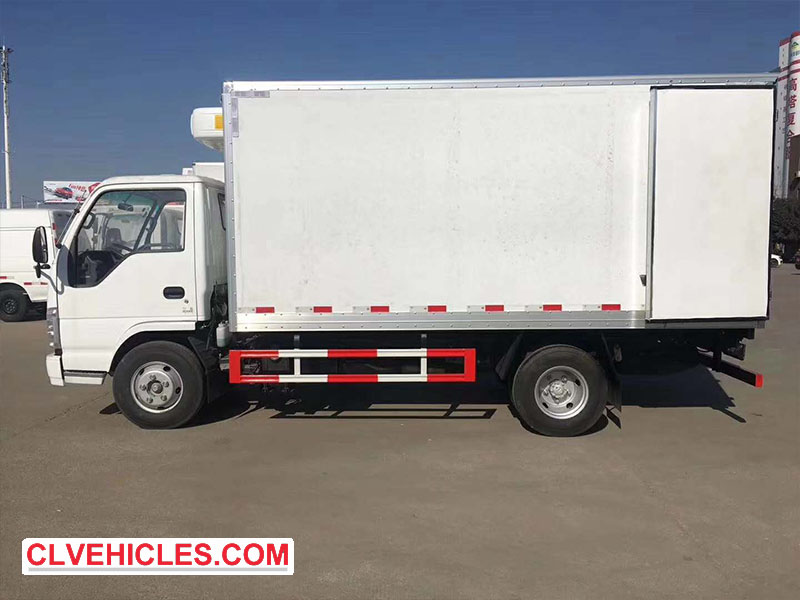
3. Quick loading and unloading
Opening the cabin door will allow warm external air to enter, causing an increase in internal temperature, affecting the quality of the goods, increasing the workload of the refrigeration unit, and increasing fuel consumption. Therefore, please quickly perform the loading/unloading operation and stop the refrigeration unit during this process.
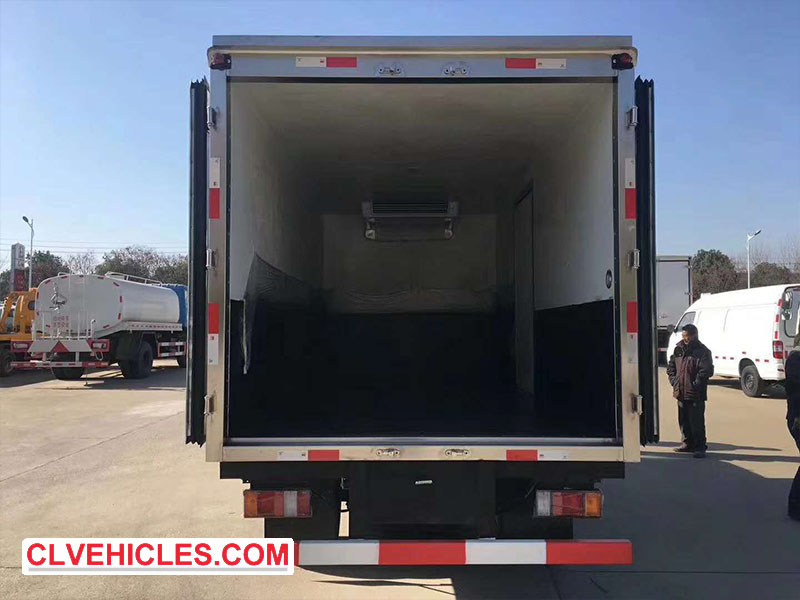
4. Electrical system inspection
Ensure that the battery terminals are secure and free of corrosion, and that the electrolyte is at full scale. Check if all electrical connections in the control circuit are securely fastened. Wires and terminals must be free from corrosion, burning, or cracking.
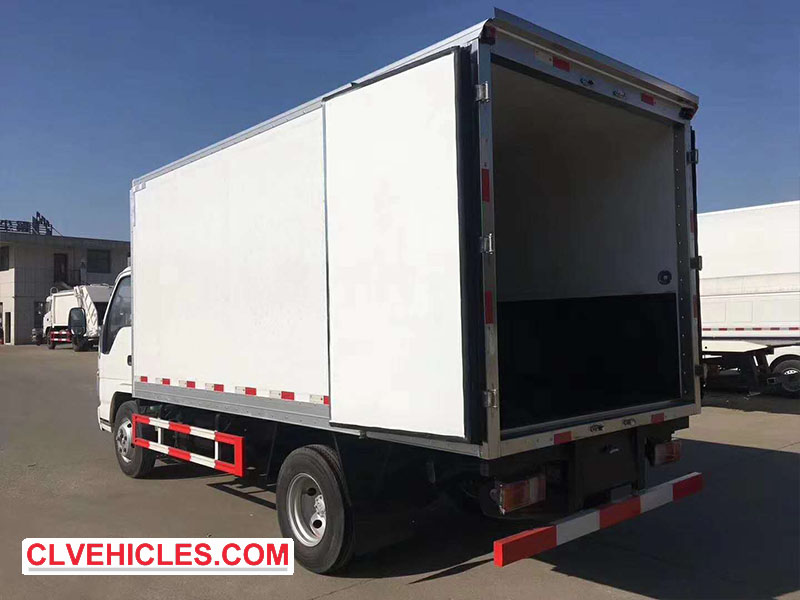
5. Mechanical component inspection
Belt: Check if it is in good condition and adjust the tension appropriately (usually with a deviation of about 13mm in the middle of the pulley).
Unit structure: Check the refrigeration unit assembly for leaks, loose/broken parts, or other damages.
O Gaskets/Seals: Verify that gaskets (such as door seals, unit seals) are tightly compressed and in good condition.
Coil: Keep the condenser and evaporator coils clean and free of dirt/debris to achieve optimal heat exchange efficiency.
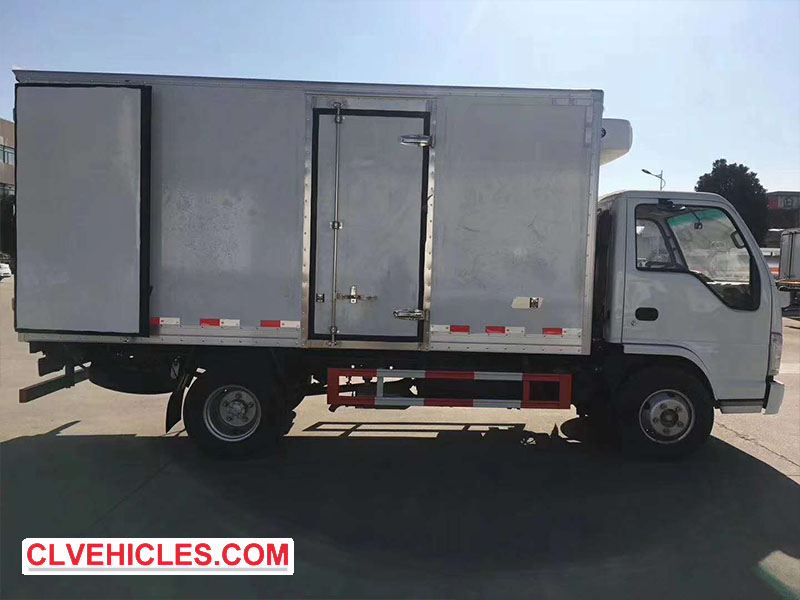
6. Maintain airflow during cargo loading
When loading the carriage, do not let the cargo block the evaporator outlet or return air inlet. Continuous and unobstructed air circulation throughout the entire compartment is crucial for preventing local "hotspots" and ensuring uniform temperature distribution.
Adhering to these key maintenance points can improve the performance of ISUZU refrigerated trucks in hot summers, ensure cargo integrity, and optimize operating costs.
To know more about our ISUZU refrigerator truck, please check:
https://www.isuzuvehiclescl.com/isuzu-refrigerated-truck
